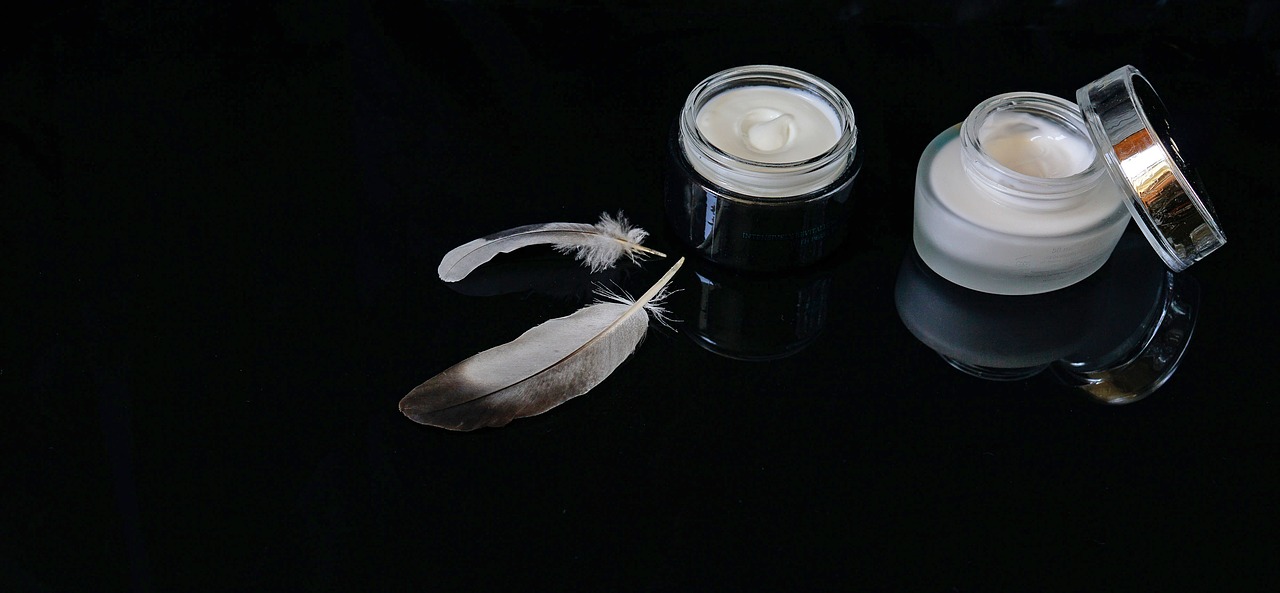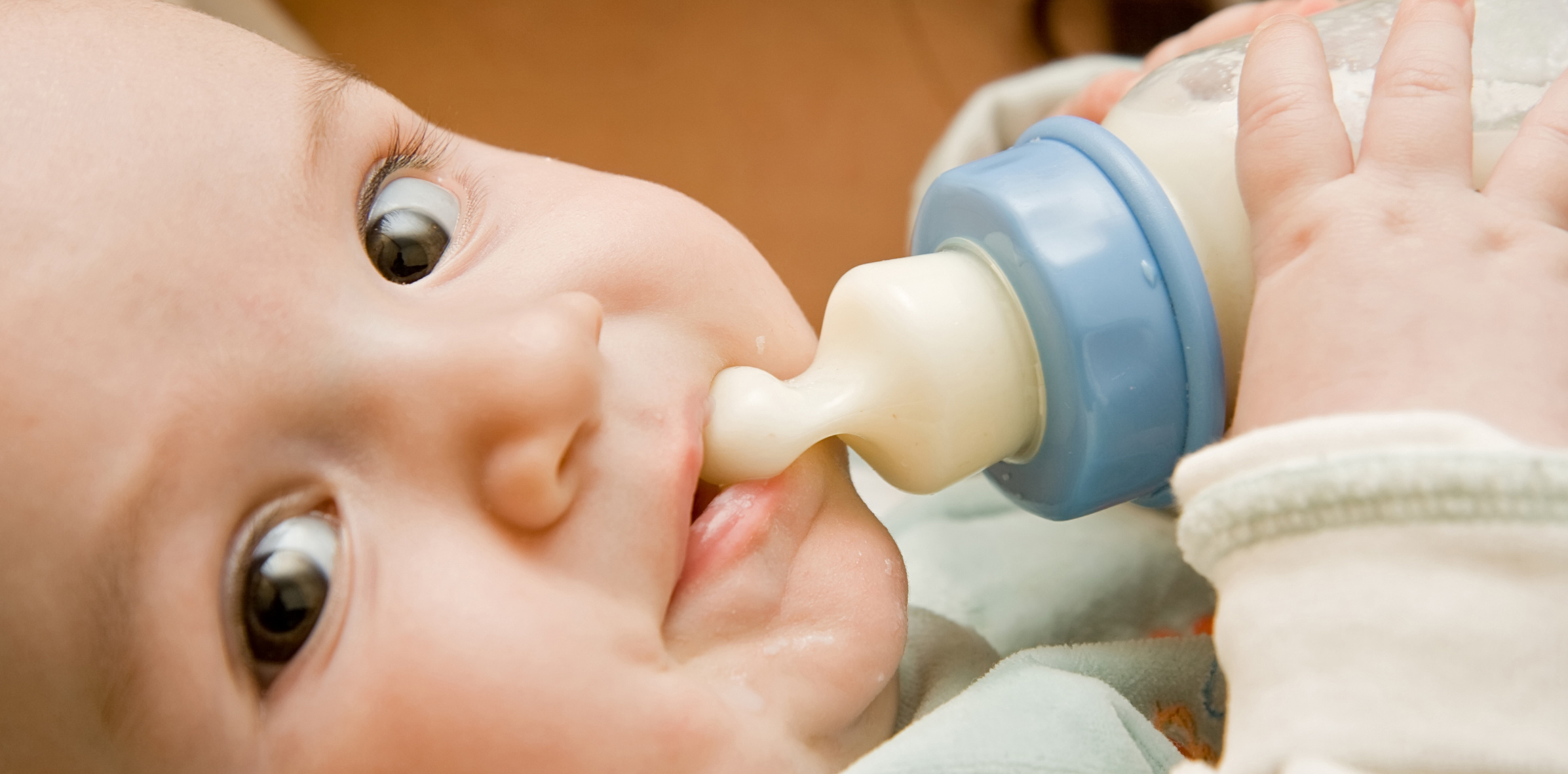Rating of the worst cities in Russia for living in 2025

There are a huge number of cities in Russia, each with its own rich history, features, and number of inhabitants. But not everyone is ideal for life. Among the common disadvantages: bad ecology, broken roads, dilapidated housing, corrupt authorities, low incomes. If you are planning a move, deciding which city to choose for permanent residence, it is important to know where the conditions are least comfortable. A list of the worst cities in Russia for living in 2025 with a description of the shortcomings will help you avoid making a mistake when choosing.
Content [Hide]
- 1 Criterias of choice
- 2 Recommendations
- 3 TOP of the worst Russian cities in terms of living standards for 2025
Criterias of choice
To compile a selection of Russian cities that are the least suitable in terms of quality of life, it is advisable to rely on a comparative table compiled by the Ministry of Construction of the Russian Federation. The index of the quality of the urban environment was taken as a basis - an indicator that measures the ability of regional authorities to provide favorable conditions for life. Rated:
- the number of emergency and dilapidated housing;
- life expectancy, mortality rate;
- purchasing power;
- environmental problems;
- road congestion, proportion of road accidents with a fatal outcome;
- unemployment rate;
- the state of landscaping;
- infrastructure development.

On the basis of which the main selection criteria can be distinguished:
- income level - after the collapse of the Soviet industry, unemployment rose in the vast majority of cities due to the closure of enterprises, which led to a lack of jobs; incomes of the population have fallen sharply, as evidenced by low purchasing power, a decline in economic activity in the whole city;
- social infrastructure - availability and accessibility of cultural, sports, leisure facilities; health care, education, catering, service industries;
- standard of living - the average life expectancy of people, the ratio of mortality and birth rate, the number of divorces show the general level;
- road safety - the construction of new roads and the quality of the repair of existing roads, the presence of sidewalks, pedestrian crossings, public transport stops, bicycle paths; the number of road accidents with a fatal outcome, including after the victims were admitted to hospitals; equipping micro-districts and suburban settlements under construction with a sufficient amount of public transport;
- green spaces - improvement of citywide spaces (parks, squares, alleys) for the recreation of citizens; landscaping of new buildings;
- improvement of the housing stock - control of the city authorities over the timely resettlement of people from emergency, dilapidated housing, the allocation of the necessary funds for this; carrying out work on the improvement of new microdistricts;
- assessment of the work of government bodies - the main reason for the low quality of life of citizens lies in the corruption of city governors and officials; the lower the level of corruption in the upper echelons of power, the more favorable the urban environment becomes.
Recommendations
When planning a move, it is advisable to know what to look for so as not to end up in a place unsuitable for living. Here are some tips on how to choose a city where you can live comfortably and with dignity all your life:
- Study the information that is in the public domain, according to the above criteria, find out the features of the infrastructure, the condition of roads, landscaping, landscaping, and the authorities' concern for the well-being of citizens.
- Talk to several people who have been living in the city for a long time: their assessment of the quality of life, the degree of satisfaction with their locality can be a clear indication of the well-being or disadvantage of the urban environment.
- Choose a city with an average and high income of the population, otherwise you risk being left without a well-paid job and prosperity.
- Pay attention to the peculiarities of the climatic conditions of the settlement: extreme weather events, natural disasters, lack of water, high humidity can have a detrimental effect on health and well-being in the future.
- Even if there are negative reviews, first of all, trust your own intuition and preferences, because the opinions of each person are subjective and may not be confirmed in reality.
TOP of the worst Russian cities in terms of living standards for 2025
The basis for the review was a list of the worst cities in Russia, according to residents. For comparison, the rating materials were used according to the government, the collection of information for which was carried out on the basis of indicators of Rospotrebnadzor, traffic police, Rosstat, geographic systems. As a result, twelve Russian cities entered the TOP of the worst.
Worst largest (with a population of more than a million people)
Omsk
votes 306

An ancient Russian city connecting the north of Siberia and the Kazakh steppes. Therefore, the climate here is quite favorable: moderately frosty, snowy winters and sunny, moderately hot summers, short off-season periods. A million-plus city, through which the main railway line of the country, the Trans-Siberian Railway, passes, air and automobile long-distance communications have been established, and is famous for its ancient architecture and beautiful nature. However, fewer and fewer Russians choose Omsk as a permanent place of residence. There are several reasons, the main ones are:
- lack of stable decent work and low salaries;
- poor ecology, pollution of the Irtysh, high concentration of harmful emissions;
- poor quality of roads, despite sufficient width;
- the decline of infrastructure, Omsk residents note a small number of cultural and entertainment, children's, sports and recreational places;
- reconstruction of ancient buildings only in the city center.
A beautiful Siberian city with a population of 1,172,000 people is losing its attractiveness and uniqueness every year, young people are leaving, the birth rate is falling.
- beautiful Siberian nature;
- a lot of public transport;
- active development of residential high-rise buildings.
- low incomes of the population;
- bad ecology;
- road problems;
- high housing prices;
- dirt, garbage;
- weak infrastructure;
- many dilapidated buildings requiring reconstruction;
- few youth and children.
Volgograd
votes 255
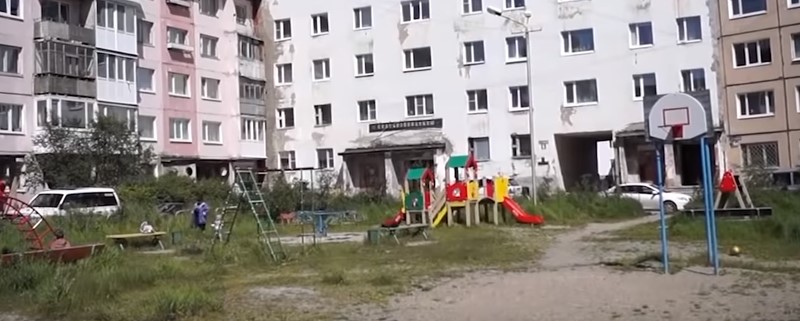
Glorified during the years of the Great Patriotic War, the hero city is considered a millionaire with a stretch, since in recent years the outflow of the population has continued. And it's not just the climatic conditions with sudden temperature changes, harsh winters and constant droughts in summer. Despite the loud military glory, the abundance of green spaces, life here is getting worse. The reasons are banal:
- inaction for the improvement of the city;
- meager salaries;
- infrastructure built during the Soviet era is falling into disrepair;
- the environmental situation becomes critical;
- unfriendly people, sad from dissatisfaction with the standard of living;
- roads, sidewalks, buildings in a deplorable state;
- a broken, worn-out public transport fleet;
- the main embankment of the Volga needs improvement;
- not enough greenery, fountains, squares.
Staying in the city leaves the feeling that rebuilt after complete destruction during the war years, the buildings were never repaired again, there is dirt and a lot of garbage everywhere. Industrial enterprises, hydroelectric power stations, an abundance of personal vehicles contribute to an increase in toxic emissions into the air and air pollution.
- valiant military glory;
- picturesque places.
- unfavorable climate;
- environmental degradation;
- lack of proper infrastructure;
- abandonment, devastation in everything;
- low salaries;
- the predominance of low-income families;
- the sharp contrast of rich country cottages and squalid neighborhoods;
- terrible state of the roads.
Chelyabinsk
votes 221

The seventh most populated Russian city, the capital of the Southern Urals, was in the TOP of the worst, despite the fact that the city authorities happily report imaginary successes on paper: the level of improvement, housing affordability, the quality of roads, and infrastructure. In reality, citizens see the picture exactly the opposite:
- broken roads, destroyed granite tiles of squares;
- lack of organized parking lots, sidewalks;
- a catastrophically small amount of green spaces and lawns;
- reduction of the public transport fleet, traffic jams;
- new neighborhoods are leased without access roads, benches, sports and playgrounds;
- a large number of accidents due to congestion and bad roads, lack of proper markings.
This is just one aspect of city life. And there are several of them, and in each there is approximately the same picture - ill-conceivedness, lack of funding, devastation, dirt.
Chelyabinsk amazes with its tasteless architectural design of residential and administrative buildings and structures, and the illiterate layout of new microdistricts.The result of all this is an uncomfortable gray city that does not deliver aesthetic pleasure. In many places, garbage containers are located right on the street or on lawns. Historical buildings are being destroyed, and modern shopping centers of ugly architecture are piled up in their place. The surviving old buildings have not seen repairs for a long time, they are hung with colorful spots of assorted advertising banners, and are gradually being destroyed. Garbage is lying everywhere along the roadsides, through the hastily laid tiles around the buildings in new buildings, in a year the soil begins to fall through and grass sprouts. There is no special desire to live here.
- clean lakes equipped for recreation;
- many businesses and jobs;
- temperate calm climate.
- road collapse;
- abundance of advertising;
- tasteless architecture;
- power lines in the city;
- spontaneous parking everywhere;
- there are almost no full-fledged playgrounds;
- weak infrastructure;
- terrible ecology;
- low incomes.
Voronezh
votes 197

The once beautiful city on the picturesque bank of the Raven River, the center of the Black Earth region, is becoming less and less habitable, the population is steadily declining, and there are a number of good reasons for this:
- illegal dumps, toxic emissions from motor vehicles, chemical spills into the river and city reservoir;
- problems with roads (congestion with vehicles, narrow sections of the roadway, traffic jams, an abundance of accidents, poor quality of the road surface);
- a large proportion of low-income families and the elderly;
- the randomness of advertising (it is everywhere - on buildings, fences, fences, poles, telephone booths);
- lawlessness of public utilities (inflated prices, low-quality services, lack of control);
- huge queues for places in kindergartens;
- dense modern building with a minimum of landscaping.
The advantage of Voronezh is a large number of universities and secondary specialized institutions where students from Russia and foreign countries study.
In recent years, a night lighting system has been launched in Voronezh, in connection with which the crime rate has slightly decreased.
- a lot of greenery;
- lighting system at night;
- low crime rate;
- favorable climate.
- bad roads;
- trams were removed, but there are many not comfortable minibuses;
- low level of improvement;
- it is difficult to get a place in a kindergarten;
- excess advertising;
- low incomes of the population;
- dirt.
Worst large (population from 250 thousand to 1 million people)
Chita (Zabaikalsky kr.)
votes 172
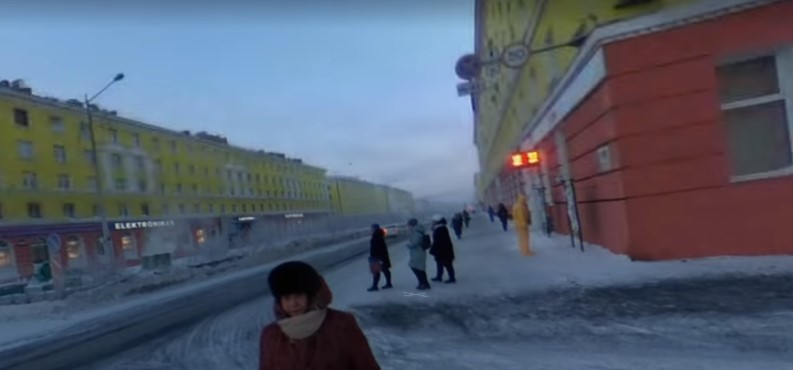
A city in the east of the country, located among wooded hills and lakes, the capital of Transbaikalia. Despite the proud name, the peculiarities of the local climate and relief have secured the status of a disadvantaged city for the city:
- sudden changes in temperature;
- snowy winters;
- low atmospheric pressure;
- high concentration of dust.
There is a strong pollution of water bodies and air, even in winter dense smog with pesticides makes it difficult to breathe. Poor transport links between the outlying areas and the center, dense housing developments, the lack of major repairs to dilapidated housing, and a high crime rate make Chita unattractive for life. Citizens are dissatisfied with the low quality of housing and communal services, poor availability of places in preschool institutions. The negative point is the strong congestion of narrow city roads.The authorities are trying to solve this issue in a peculiar way: the streets are expanding by cutting down green spaces, saving space on sidewalks and drains, which does not add convenience and safety to residents. Among the few advantages of Chita are the functioning of the children's railway and the Palace of Children's Creativity, where young residents are offered a variety of sections and circles of interest.
- organization of children's leisure;
- air and rail intercity communication;
- qualified doctors in private clinics.
- road congestion;
- complaints about the housing sector;
- lack of places in children's children;
- dirty reservoirs;
- remoteness from Moscow;
- many undeveloped yards;
- severe climate;
- no production and jobs;
- high crime rate;
- a lot of dilapidated and dilapidated housing;
- a large number of prisons and colonies in the district;
- massive deforestation and green spaces;
- low income level of the population, many poor people;
- lack of asphalt on the roads.
Barnaul (Altai region)
votes 155

The capital of the Altai Territory deservedly takes its place in the ranking of the worst cities in Russia. Despite the calm climate with moderate winter and summer temperatures, the absence of extreme weather events, the city still cannot be called completely suitable for a comfortable life. The reasons:
- bad roads;
- devastation in the private sector (and it occupies a large part even in the center);
- poor lighting at night;
- demolition of ancient buildings in the historical center;
- dense development of new microdistricts with exorbitant housing prices;
- endless queues in preschool institutions;
- worn-out public transport fleet.
- favorable climate;
- Plenty of public transport, taxis.
- there is no landscaping;
- low incomes;
- high prices for utilities, housing;
- an overabundance of shopping centers, shops, pavilions;
- the collapse of enterprises;
- problems with places in kindergartens;
- many emergency housing;
- traffic jams;
- dirt and debris.
Yakutsk
votes 130
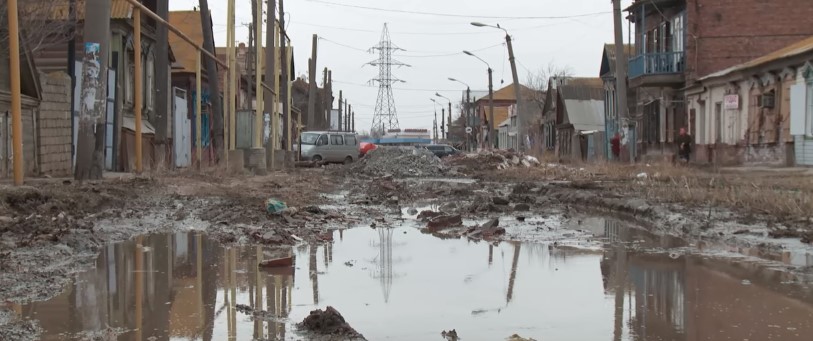
A large administrative center, which is most often associated with three words: deer, diamonds, frost. The local sharply continental climate cannot be called favorable. Therefore, the city authorities in recent years began to build warm stops for public transport passengers with benches and a monitor displaying approaching buses. Despite the rich bowels of the Yakut land, the population does not get anything from this: the infrastructure leaves much to be desired, the improvement and construction of roads is at a low level, and the crime situation is high, especially at night. Nature is within walking distance from the city, but the most popular type of personal vehicles are SUVs and bicycles, otherwise it is problematic to drive. Narrow roads with one or two lanes and frequent heavy rains with an insufficiently developed drainage system often cause traffic jams. The minus of urban planning is in infill development without parking lots and playgrounds near houses. Due to the severity of local winters, the townspeople are forced to put cars in garages, which have already flooded the entire city.
- high purchasing power;
- the proximity of nature;
- warm stops.
- illiterate building;
- remoteness from the capital;
- traffic jams;
- little greenery;
- expensive housing;
- unfavorable climate;
- high crime rate;
- gas contamination;
- constant population outflow.
Ivanovo
votes 129
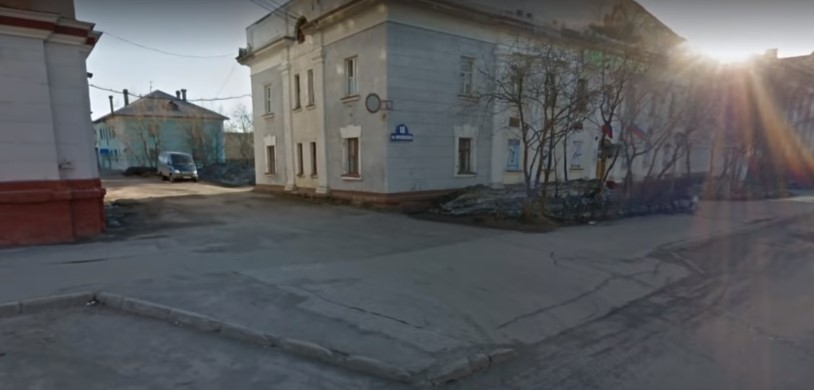
Once the center of the textile industry of a vast country, now Ivanovo resembles an ordinary dirty and gray provincial town. New buildings are the same type of concrete boxes, lined with fashionable tiles, the old city is decaying in an endless expectation of reconstruction and overhaul. The authorities are taking few practical steps to improve and develop the city's infrastructure; residents assess their work as unsatisfactory. The roads are in a disgusting state, at numerous intersections and roundabouts there are not always markings, traffic lights and road signs. The townspeople are distinguished by gloominess and indifference. The level of wages is one of the lowest in the region, there are practically no jobs other than trade and services. Green spaces are much rarer than billboards and banners. Only the central streets are cleaned and landscaped, in other places there are pits on the roads, dirt, shabby buildings, garbage along the curbs.
- mild climate;
- good ecology;
- proximity to the capital;
- developed transport network.
- poor quality of roads;
- lack of landscaping and landscaping;
- abundance of advertising;
- low salaries;
- lack of jobs;
- Few public transport routes.
The worst large (from 100 to 250 thousand inhabitants)
Nefteyugansk (KhMAO)
votes 123
The former settlement of geologists is located among the swamps of the Khanty-Mansiysk Autonomous Okrug. Oil and gas production still remains the main source of income for the region, but this does not affect the well-being of the townspeople. The harsh northern climate, the predominance of old, sometimes dilapidated housing, outdated infrastructure components make Nefteyugansk every year less suitable for a decent life.One of the main problems of the townspeople is the lack of clean water in the water taps. An important disadvantage is the insufficient level of medicine due to the lack of specialists.
- there are always jobs;
- a lot of new housing is being built.
- remoteness from the capital;
- little landscaping;
- adverse climatic conditions;
- unsuitable drinking water;
- expensive housing;
- lack of parking spaces;
- high prices for housing and communal services, products;
- dilapidation of the old housing stock;
- a large number of emigrants;
- insufficient level of medicine;
- there is no cultural and entertainment infrastructure;
- the airport is closed, there is no railway.
Orsk (Orenburg region)
votes 112
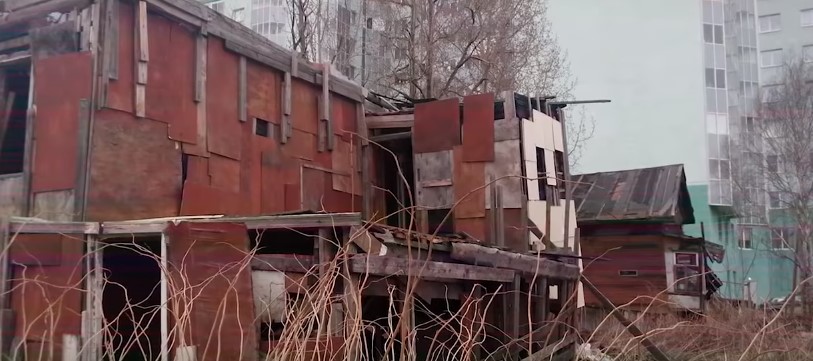
Living here can be considered hazardous to health due to severe air pollution. There is an increase in the incidence of oncology and lung pathologies. The climate is sharply continental with severe frosts in winter, scorching heat in summer, and powerful floods. The authorities solved the last problem: anti-flood dams were built. Orsk spread over an impressive territory. The most prosperous is the center with a developed infrastructure, accessible social and cultural facilities, transport interchanges. But housing prices here are much higher than in other areas. The flaws of public utilities are visible in new buildings and old housing stock: rotten plumbing, outdated power lines, clogged storm sewers lead to frequent accidents. Despite the low incomes of citizens, prices for housing and communal services and housing are very high and continue to grow. The only advantage of Orsk can be considered the absence of traffic jams: when planning the width of streets and squares, an increase in car traffic was taken into account. Roads are regularly repaired, but immediately begin to collapse.There are not enough kindergartens, but there are no funds in the budget for their construction.
- flood control dams were built;
- there are no plugs.
- poor quality roads;
- there are not enough kindergartens;
- communications require repair;
- high prices for housing, housing and communal services;
- poisoned ecology;
- unfavorable climate;
- government inaction.
Novoshakhtinsk (Rostov region)
votes 104
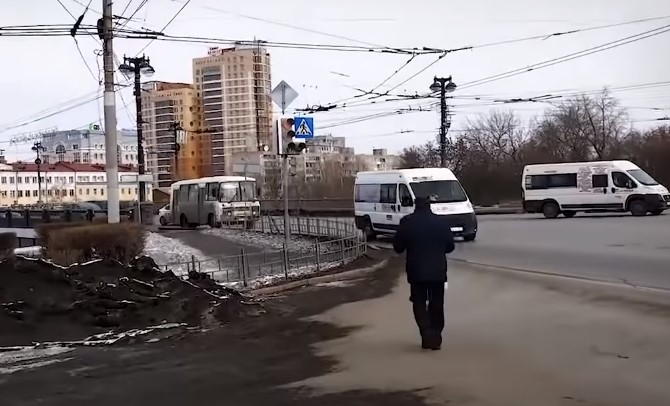
Steppe city with strong winds, dust storms, ice in winter. A big plus of Novoshakhtinsk is the ecological purity of air and water: coal mining stopped with the collapse of the Soviet Union, more than twenty years ago all the mines that were considered the main objects of pollution were closed. The settlement is scattered over a large area due to the former settlements of miners. Affordable housing prices provide an influx of new residents. Minus in high utility tariffs, frequent water cuts, incomplete gasification of residential buildings. There are almost no social and cultural facilities, the townspeople have to go to neighboring Rostov for treatment and entertainment. Bicycle traffic is well developed, special paths are laid. After the closure of most enterprises, there is a catastrophic lack of jobs, it is difficult to find a decently paid job. Roads, housing stock, office buildings fall into disrepair due to old age and lack of proper repair. The crime scene is quiet.
- good ecology;
- many green spaces;
- little crime;
- affordable housing prices.
- lack of infrastructure;
- few new buildings;
- nowhere to work;
- no rubbish bins;
- inflated utility tariffs;
- roads, houses, buildings are not being repaired.
Worst average (from 50 to 100 thousand residents)
Labinsk (Krasnodar region)
votes 81

A small picturesque resort town with clean air, immersed in greenery.However, living in it, despite the beauty and favorable climatic conditions, is not comfortable. The city infrastructure is completely ruined, young people leave due to lack of work, public transport is represented by minibuses, consisting of old, broken cars. The only resting place for the townspeople is an old park with a fountain, lots of benches, and free internet access. Most residents are forced to travel to work on a rotational basis in other cities. There are no enterprises in Labinsk; salaries in trade and the service sector are meager, on which it is impossible to live: prices for housing, food, housing and communal services tariffs are noticeably high. Almost no new housing is being built.
- mild climate;
- good ecology;
- a lot of greenery.
- no job;
- small incomes;
- few children and young people;
- high prices;
- few new housing;
- no infrastructure.
Cheremkhovo (Irkutsk region)
votes 79
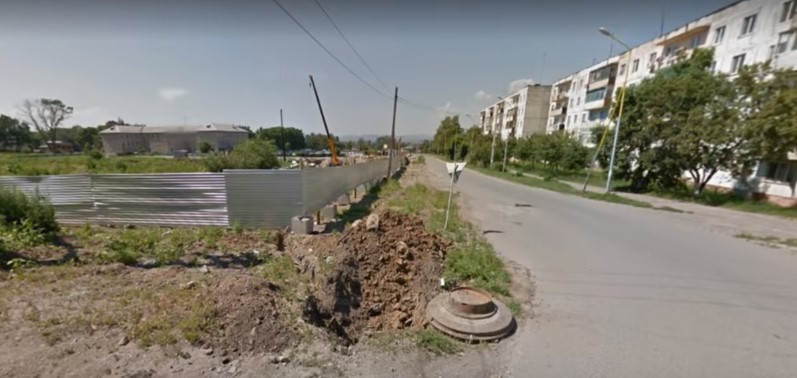
The coal capital of the Angara region is facing typical problems of mining towns: lack of funding, collapse of infrastructure, outflow of population, unemployment. After the collapse of Soviet industry, only ruins remained on the site of numerous enterprises that provided work and income for the townspeople. Unemployed residents of Cheremkhovo began to leave their homes in search of work. The mayor of Cheremkhovo is trying to improve the urban environment: recently the facades of houses in the central part have been painted, street lighting has been established at night, work is underway to repair emergency sections of roads. But in general, the situation is unfavorable for living.
- the authorities work in the interests of the city;
- calm environment;
- affordable housing prices.
- no job;
- low incomes of the population;
- broken roads;
- bad medicine;
- insufficient landscaping;
- old dilapidated housing stock.
Chapaevsk (Samara region)
votes 81
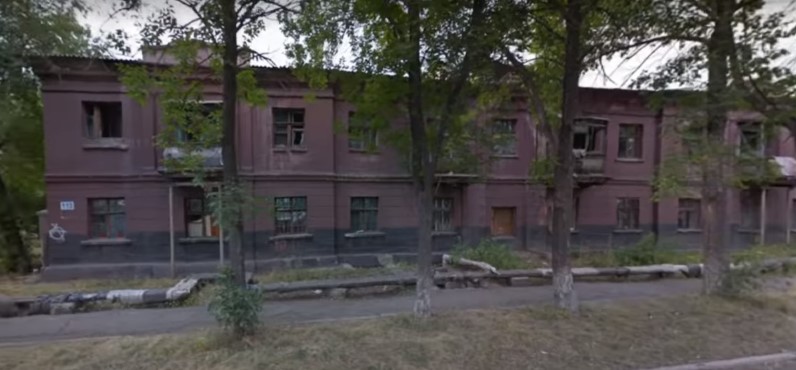
Located 40 km from Samara, it has gained a reputation for being poisoned thanks to the enterprises of the booming chemical industry of the last century. Today it is more of a ghost with ruins that vaguely remind of the past bustling life: the buildings of factory dormitories that have not been repaired since Soviet times, old roads with potholes and cracks, overgrown squares, deserted factory buildings. After the production of chemical warfare agents, the soil in the district became saturated with toxic deposits that are dangerous to human health. Citizens note a large number of cases of tuberculosis, oncological diseases. In newborn children, brain pathology is increasingly being detected. A seemingly neat, well-groomed town is actually a slow killer of its inhabitants, so moving here is scary, as well as continuing to live for those for whom it has become a homeland. Under the federal program, large funds were allocated to eliminate the consequences of chemical contamination of the soil: up to 30 meters of soil was removed, a new one was brought in, trees and shrubs were planted, and the construction of new residential areas began. But at present, living in Chapaevsk is still dangerous.
- measures are being taken for improvement, construction, reconstruction;
- calm environment.
- dangerous state of the environment;
- threat to the health of residents;
- contaminated soil and water;
- outflow of the population.

Such ratings, based on the opinions of ordinary people, are a kind of cry from the heart, a call to the authorities to think about the possibility of turning these settlements into prosperous, suitable for a decent, comfortable life.
new entries
Categories
Useful
Popular Articles
-

Top ranking of the best and cheapest scooters up to 50cc in 2025
Views: 131649 -

Rating of the best soundproofing materials for an apartment in 2025
Views: 127688 -

Rating of cheap analogues of expensive medicines for flu and colds for 2025
Views: 124517 -

The best men's sneakers in 2025
Views: 124031 -

The Best Complex Vitamins in 2025
Views: 121938 -

Top ranking of the best smartwatches 2025 - price-quality ratio
Views: 114978 -

The best paint for gray hair - top rating 2025
Views: 113393 -

Ranking of the best wood paints for interior work in 2025
Views: 110318 -

Rating of the best spinning reels in 2025
Views: 105327 -

Ranking of the best sex dolls for men for 2025
Views: 104363 -

Ranking of the best action cameras from China in 2025
Views: 102214 -

The most effective calcium preparations for adults and children in 2025
Views: 102010


